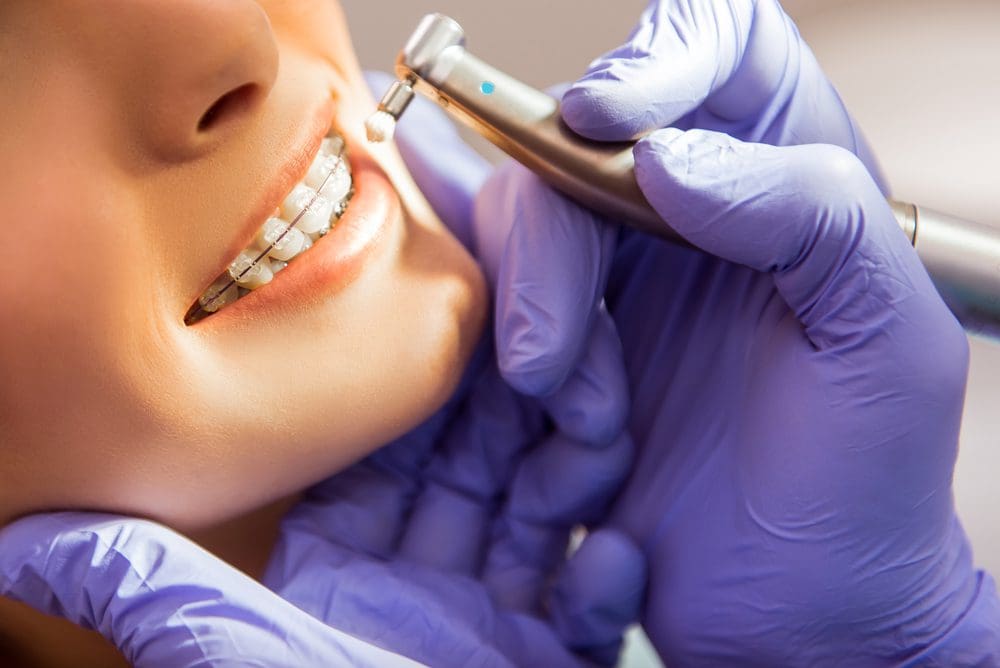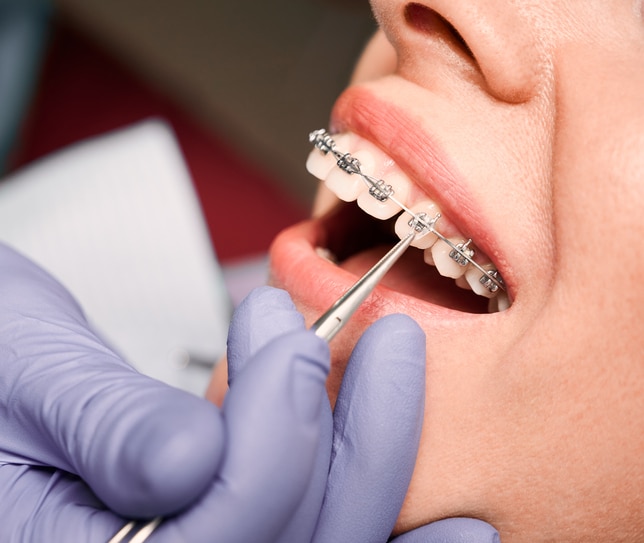Why Cumming Invisalign is the Perfect Option for a Discreet Orthodontic Solution
Why Cumming Invisalign is the Perfect Option for a Discreet Orthodontic Solution
Blog Article
Comprehensive Guide to Orthodontics Treatments for Dealing With Oral Imbalances
In the world of orthodontics, the journey to achieving a perfectly straightened smile involves a myriad of procedures customized to deal with dental imbalances. From traditional dental braces to unseen aligners and even surgical alternatives, the area of orthodontics uses a variety of solutions to deal with varying levels of dental irregularities. Recognizing the complexities of each procedure, including their devices, benefits, and possible drawbacks, is essential in making informed choices regarding one's orthodontic treatment. As we navigate via the extensive guide to orthodontic procedures for fixing dental imbalances, the elaborate information of each method will unravel, clarifying the course towards a functional and unified dental alignment.
Orthodontic Procedures Review

Along with clear aligners and standard dental braces, orthodontists may likewise advise various other interventions like headgear, palatal expanders, or retainers to deal with specific positioning issues (orthodontics). These procedures are tailored to each client's distinct demands and might entail a combination of treatments to attain the wanted outcomes. Regular adjustments and surveillance are crucial components of orthodontic therapy to ensure development gets on track and to make any type of needed alterations along the road. By going through orthodontic procedures, patients can not only accomplish a straighter grin however additionally improve their overall oral wellness and feature.
Typical Dental Braces: How They Function
When thinking about orthodontic therapies for dental misalignments, typical braces stand out as a reliable approach for correcting teeth positioning. Typical dental braces consist of brackets, cords, and bands that function with each other to use continuous stress on the teeth, slowly relocating them right into the desired alignment.
As pressure is used to the teeth with the braces, the bone surrounding the teeth is improved to support the new tooth positions. Individuals will need regular modifications at the orthodontist's workplace to ensure the braces proceed to use the appropriate pressure for effective teeth movement.
Invisible Aligners: Advantages And Disadvantages
These clear, personalized trays are virtually undetectable when worn, making them an enticing choice for people looking for an extra cosmetically pleasing orthodontic treatment. People can get rid of the aligners prior to eating or cleaning their teeth, minimizing the risk of food getting stuck in the device and streamlining the cleansing process.

Surgical Orthodontic Options
Surgical interventions in orthodontics existing practical choices for dealing with complicated oral imbalances that might not be efficiently fixed with conventional orthodontic therapies. While invisible aligners and typical dental braces can fix many orthodontic concerns, particular situations call for medical intervention to attain ideal outcomes. Surgical orthodontic options are commonly recommended for extreme malocclusions, significant jaw disparities, and instances where the underlying bone structure requires modification to achieve proper alignment.
One usual medical orthodontic treatment is orthognathic surgery, which involves repositioning the jaws to deal with functional issues such as problem chewing or speaking. This surgical procedure is often executed in partnership with an orthodontist that helps align the teeth before and after the procedure. Surgical orthodontics may additionally include treatments to expose affected teeth, eliminate excess periodontal cells, or improve the jawbone to create an extra harmonious facial account.
Before thinking about medical orthodontic options, patients undertake a comprehensive assessment to establish the requirement and prospective benefits of such treatments. braces. While surgical procedure might seem difficult, it can considerably improve both the function and looks of the Look At This smile in instances where conventional orthodontic therapies fall short
Retainers and Post-Treatment Care

Post-treatment care includes following the orthodontist's directions carefully. This might consist of correct dental hygiene methods, going to follow-up consultations, and putting on the retainers as prescribed. Failure to conform with post-treatment treatment instructions can result in relapse, where the teeth slowly return towards their original settings. Regular retainer wear, great dental hygiene, and regular oral exams are necessary for maintaining the results attained via orthodontic surgical procedure and ensuring the long-lasting security of the fixed oral alignment.
Verdict
Finally, orthodontic procedures provide different options for dealing with dental misalignments. Standard braces use metal braces and cords to shift teeth right into proper alignment. Unnoticeable aligners supply a more very discreet alternative yet might not be ideal for all cases. Surgical orthodontic choices are readily available for extra extreme imbalances. Retainers are typically utilized post-treatment to keep the new alignment. Overall, orthodontic procedures can effectively improve dental health and wellness and aesthetic appearance.
As we navigate via the comprehensive overview to orthodontic procedures for remedying dental imbalances, the complex information of each method will certainly unravel, dropping light on the path toward a unified and useful dental positioning. - aligners
One of the most common orthodontic helpful site treatments is the usage of braces, which are composed of metal braces and wires that apply gentle stress to gradually move teeth into the preferred position.When considering orthodontic therapies for dental imbalances, typical dental braces stand out as a reliable method for remedying teeth positioning. Additionally, unnoticeable aligners may not be helpful resources suitable for intricate orthodontic concerns that need even more considerable teeth motion, as they are usually recommended for light to modest situations. Retainers are tailor-made orthodontic devices developed to hold teeth in their dealt with settings after the completion of orthodontic treatment.
Report this page